.
First impression matters …. particularly when you’re an executive. Whether you’re trying to ink that million ringgit deal, out to impress the in-laws or simply trying to do a one-up with other fellow executives, the vehicle you drive is probably the most important thing you can ever have when cementing the perception others you have of you. Watches can be fakes, non-Apple iPhones are rampant, designer handbags can be AA-grade from Shenzhen but when it comes to cars, it’s usually the genuine article. Sure, one can hook up bodykits to their standard Merc and BMW to look like something out of the AMG and M-series league but the moment a true enthusiast who may very well be the customer you were hoping to impress steps into your ride, the falsehood may just rub onto your image a little.
.
So in buying a new D segment, there is quite a lot to choose from. Naturally with us being reliability-loving Asians (and the I-am-going-to-sell-you-before-I-even-buy-you Resale Value advocates), Japanese makes can be found is almost every corner of our roads. But what if you’re looking something that provides a little more kit, better safety features and most importantly, a car that makes you feel alive whenever you feel like stomping the pedal? One that doesn’t cost you an arm and a limb to buy and maintain and most importantly, you can park at the valet of a 5-star hotel looking like you and your company is as stable as the Twin Towers.
.
In short – a car emphasizing quality, less-expensive and good ….. and we believe the Peugeot 508 fits the bill pretty well. First introduced in October 2011, the Peugeot flagship was relaunched a year later in June and buyers can now choose from five different variants instead of one. Visually from the outside, the five variants are distinguished in 2 forms; the sedan and station wagon and between them, the 508 Standard (or Turbo S, as they call it these days) carries the lowest price tag.
.
.
Design
.
.
.
.
. Visually on the outside, the 508 Turbo S has very little to distinguish it from the more premium variants. From the front, you still get dynamic Bi-Xenon headlamps with washers and auto leveling adjustment with LED DRLs arranged in a gatling gun position. Peugeot’s new ‘floating logo’ is prominently featured here and the overall front fascia projects an aerodynamic (if somewhat understated) design. .
.
Measuring 4,792mm in length, 1,853mm in width and 1,456mm in height, it is the second shortest car in the D segment (beating the VW Passat by 2.3cm) and has roughly the same height as the Honda Accord. Wheelbase wise, it is the 3rd longest in the segment after the Mondeo and new Mazda 6, measuring 2,817mm. The most prominent feature seen from the sides is the shoulder line which runs from the front headlight all the way to the back. A secondary crease which starts from the front bumper but broken by the wheel arches can be seen at the lower half of the doors before the line is again disrupted by the rear wheel arches before continuing at the rear bumper. The only thing that looks somewhat odd is the rear lamps which is abruptly cut at the point where the bumper and boot meets.
.
As mentioned earlier, very little differentiates the Premium from the Standard 508 and the most obvious is the rims which is of a 17″ design, wrapped in 215/55 tires (the premium has dial-like 18″ rims).
.
.
There is no difference at the back when the S is compared to the Premium. You get a chrome bar on the upper half of the boot lid and that’s pretty much it when it comes to the boot design.
.
.
The most interesting item when seen from behind is the three ‘claws’ that makes each rear lamp cluster at night. By the way, there are no hinges, lids or keyholes that opens the boot from the back. To do that, you need to press the area in the center of the ‘0’ that makes up the 508 lettering.
.
.
As for the rear fog lights, both left and right tail lamp has a bulb that lights up to blind tailgaters and make your car more visible during bad weather.
.
.
Performance
.
.
Like most of anything else out of Peugeot nowadays, we get the 1.6litre twin-scroll turbocharged Prince engine which provides 156bhp @ 6,000rpm and 240Nm @ 1,400rpm. Flooring the pedal from standstill would take you 9.2 seconds to hit 100km and goes all the way to 220kph. The 508 is a very able cruiser on the highway (but so is everybody else in the D segment) but being a continental, it feels very stable at speeds north of 150kph. However, don’t expect rapid acceleration once you cross that mark so if you think want to go running with crazy Camry and Accord drivers on the highway, you might want to pick another car. At this speed range, the turbo matters little and picking a fight with another similar size and weight vehicle but having 0.4cc more than your engine might not be very wise.
.
.
As common as the engine is, you won’t be surprised to note that the engine is also paired to the common 6 speed auto adaptive gearbox as found in most other turbocharged models. Again, like all other similarly equipped gearbox, the gear programming does not seem to take into consideration that this is a turbocharged engine and over-revving the engine is as productive as monkeys on peanut pay cheque. Switching to manual override counters this drawback.
.
.
Ride and Handling
.
I’ve tested the Premium model before and against its arch rival, the VW Passat (which many would naturally compare), the suspension set up is somewhat harder and although body roll is composed, the ride can be jittery with the slightest bump unsettling the car. Not a particularly good thing if you’re driving fast at corners. The ride isn’t as spine numbing as a 308, mind you but I’ve felt better suspension cushioning from its rivals.
.
Occupants riding on the Turbo S, I am glad to report, does not seem to suffer as much compared to the Premium. It’s still not as confident inspiring as the Passat when pushing speeds at corners but it’s not as stiff as its more expensive sibling. I believe this is largely due to the higher profile tires (55 series vs the 45 series found in the Premium) which allows more flexing on its sidewall. Allowing more rebound on the tires also seem to elevate the jumpy ride caused by the stiff suspension. If friends were to ask me what kind of upgrades they can do with their new 508 Premiums, I’d say downgrade the tires to 17″. It does wonders, really.
.
Noise, vibration and harshness is definitely conti level of refinement (except when one pushes the engine above 5,000rpm in which case the 1.6litre will scream in protest). They don’t use the tagline “Quality Time” on the 508 for nothing.
.
.
Cabin Convenience
.
.
When first launched, everyone was taken aback by its exceptionally well crafted cabin which is unlike any other Peugeot model. Instead of a swept-back dashboard design, passengers and driver is rewarded with a well-crafted, handsome layout that mixes ergonomics and fashion in a way not often found in most cars nowadays. Serious yet elegant, it’s a far cry from the clinical Germans and the Japanese with their faux wood laminates.
.
.
You’d be hard pressed to find another steering wheel in this segment with as much buttons as the 508s. Having done away with the additional 2 stalks as found in some other models, the upper left buttons controls the audio settings, the upper right are the phone settings (after being Bluetooth paired, that is). The lower left and right controls the speed limiter and cruise control. While I’ve always been a fan of BUTTONS, I can’t help but feel the added number of buttons adds a certain bulk to the wheel. Stalks works just as fine.
.
.
Base model as it is, the Turbo S also gets paddle shifters.
.
.
I’m not entirely a fan of the monochrome display but since BMW’s latest model also uses them, who am I to complain, right? Especially considering the read outs and clear and easy to read.
.
.
On the lower right side of the driver’s dashboard, you’ll find a small compartment with the ESP and proximity alarm controls. The space where you can fit access and parking cards is rather limited.
.
.
I have a theory; the more expensive the car, the wider the gap between the front passenger and the driver. If this is true, then the 508 positively exudes luxury.
.
.
Let’s begin at the top with the 7″ high definition color screen. The screen is not a touchscreen so don’t you go fiddling with it. It will, however display information such as radio channels, audio settings as well as GPS navigation. Sorry, no picture of how the map interface look like as back when the car was first allocated to me, it did not have this function even if it had the GPS module installed (as you can see in the picture above, the car can detect 7 satellites).
.
.
Below the display is the headunit which plays radio, CD as well as music in MP3 and WMA format. Sound is relayed through a 6 speaker sound system. I’ve tested various VW and Peugeot and when it comes to sound coming from the stock HU, Peugeot absolutely cans VW. The bass playback is solid, treble clarity is much better.
.
Below the HU is the air conditioning controls which was a little confusing for me at first because its orientation is different from most other Peugeots. Nothing one can’t adapt in a few hours of driving one.
.
.
Smoking is bad for you …. which is why the ciggy lighter is hidden in the compartment below the air conditioning controls.
.
.
Yes, that small glove compartment is back in the 508 but at least space wise, it’s better than most other models.
.
.
It doesn’t get any more high end for a D segment costing below RM200,000 with control knob found in the center console. It’s all very BMW i-Drive-ish with the controls for media, radio and navigation easily accessed at the click of a button and the menu is navigated via the center knob. Traffic update is not a feature found in our country so the TRAF. button is a dud.
.
.
If you’re looking for a place to chuck your Smart Tag out of sight, the center console compartment is where you can do so.
.
.
Both front seats are 8-way electric powered with lumbar support and is sufficiently well bolster to offer comfort in long distance driving. Too bad there is no memory settings.
.
.
Although the 508 boasts the 3rd longest wheelbase in the segment, it’s rear legroom is, unfortunately not the best. Rear passengers can still travel in relative comfort and for my 175cm height, sitting behind another person with my height would cause my knees to scrap the rear front seats.
.
.
Rear air conditioning vents are considered a standard in today’s D segment and it’s always a great welcome to find a 12V power socket behind for charging mobile devices.
.
.
The rear cupholders are rather shallow. Not recommended to put mineral water bottles.
.
.
One of the best features of its class is the simple mechanism of rear blinders which is incorporated to the inner rear door panels. I wonder why other manufacturers don’t offer this. It can’t be that expensive, right?
.
.
Boot space is at an impressive 545litres but loses to the Passat by 20litres. In terms of its shape, the Passat’s is squarish and long whereas the 508 is wider. Lowering the rear seats will give you 1,244litres of space, more than enough to stuff a couple of golf bags in when the principal representative visits your office and you’re entertaining him over the weekend.
.
.
.
.
Safety
.
You won’t find cut down of safety specifications of the lowest spec model (unlike some Asian made models) as the 508 Turbo S comes withe following:-
.
- 5-star Euro NCAP Safety Rating
- Driver’s & Front passenger airbags
- Driver’s & front passenger side airbags
- Two curtain airbags (total 6 airbags)
- Hill Start Assist
- ESP
- ABS
- EBD
- EBA
- ASR
- DSC
- Electric child safety locks for rear doors
- Two ISOFIX anchoring points
- Auto illumination of rear hazard lights
- Perimetric and volumetric alarm
- Peugeot rolling code transponder immobiliser security
.
The only thing that separates the Standard and Premium is the Automatic Electric Parking Brake .
.
.
Specifications
.
Despite this being the lowest spec-ed 508, the features that comes with the car remains impressive.
.
Exterior
- Dynamic Bi-Xenon headlamps with washers and auto leveling adjustment
- LED Daytime Running Lights
- Headlamps delay security illumination (Follow-Me-Home)
- Front and rear parking sensor
- Front and rear fog lights
- Auto headlights
- Auto wipers
.
Interior
- 8-way electric front seats with electric lumbar support
- Leather trimmed steering wheel
- World in Peugeot Sound (AM/FM/CD/MP3/WMA)
- USB and Bluetooth connectivity
- Arkamys audio processing system
- Steering wheel with audio, cruise control and paddle shifters
- Auto dimming rear view mirror
- On board computer
.
.
Ownership and Maintenance
.
Coming in with a price tag of RM155,888 OTR with insurance, it’s not the cheapest car in the segment (that honor goes to the Nissan Teana) but compared to other continental rivals, it is the most affordable. The 508 comes with a 5 year, unlimited mileage warranty and service interval is every 10,000km or 6 months whichever comes first. Servicing cost should be estimated around the following:-
.
| Mileage | 10,000 | 20,000 | 30,000 | 40,000 | 50,000 | 60,000 | 70,000 | 80,000 | 90,000 | 100,000 |
| Service Period (Months) | 6 | 12 | 18 | 24 | 30 | 36 | 42 | 48 | 54 | 60 |
| Total Service Cost (RM) | 316.30 | 442.30 | 442.30 | 590.98 | 442.30 | 3,662.35 | 442.30 | 590.98 | 442.30 | 442.30 |
.
Do note that Nasim has recently changed the servicing items for the 50,000km and 60,000km. Some of the items in the 60k km service has been moved to the 50k km so owners expect a larger bill on the 50k km and lesser for the 60k km.
.
As for the fuel consumption, Peugeot claims 7.1litres per 100km. In a trip down to Malacca, Johor Bahru then back to KL (all done at maximum legal speed limits, cruise control activated), I managed 606km for 39.7litres of fuel. Considering it was almost a pure outstation drive, it’s not surprising that I managed to beat the claimed figure. That’s 12cents per kilometer by today’s RON95 fuel price. Not too bad at all.
.
Stacking up against other D segment entry level contenders (well, some of them at least), here’s how the 508 Turbo S fares:-
.
.
The biggest problem with the 508 is 508 itself. The Premium costs just RM14,000 extra compared to the Turbo S and when you’re targeting executives who may have a bigger budget, that RM14,000 variance divided over, say 7 years becomes a figure easily managed by these young bosses.
.
The other issue is the perception associated with buying the cheapest model in the stable. By opting to go with the Turbo S, you would lose the following features:-
.
- Smart Beam (which automatically highers/lowers your high beam when the car detects on coming traffic)
- Available Space Measurement (ASM) Aid
- Keyless entry and push start
- Leather trimmed gear knob with illuminated ring
- Color Head-Up Display
- JBL HiFi 10 speaker system with 500W subwoofer
- 5 dial instrument panel with color LCD
- Automatic electric parking brake
- 4 zone climate control air conditioning system
.
.
.



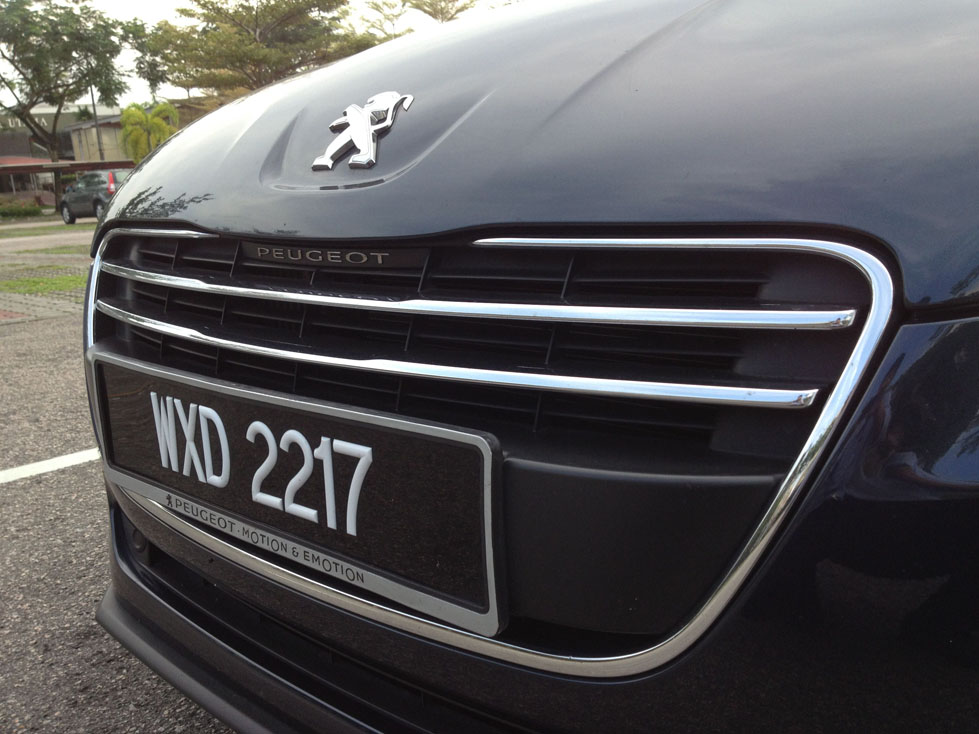
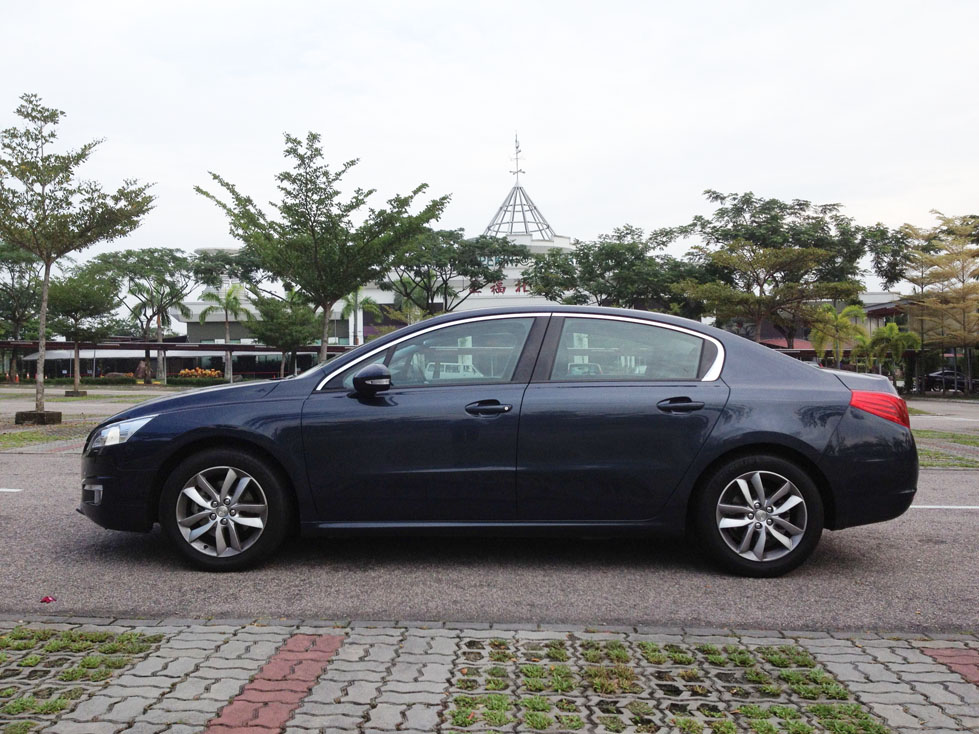
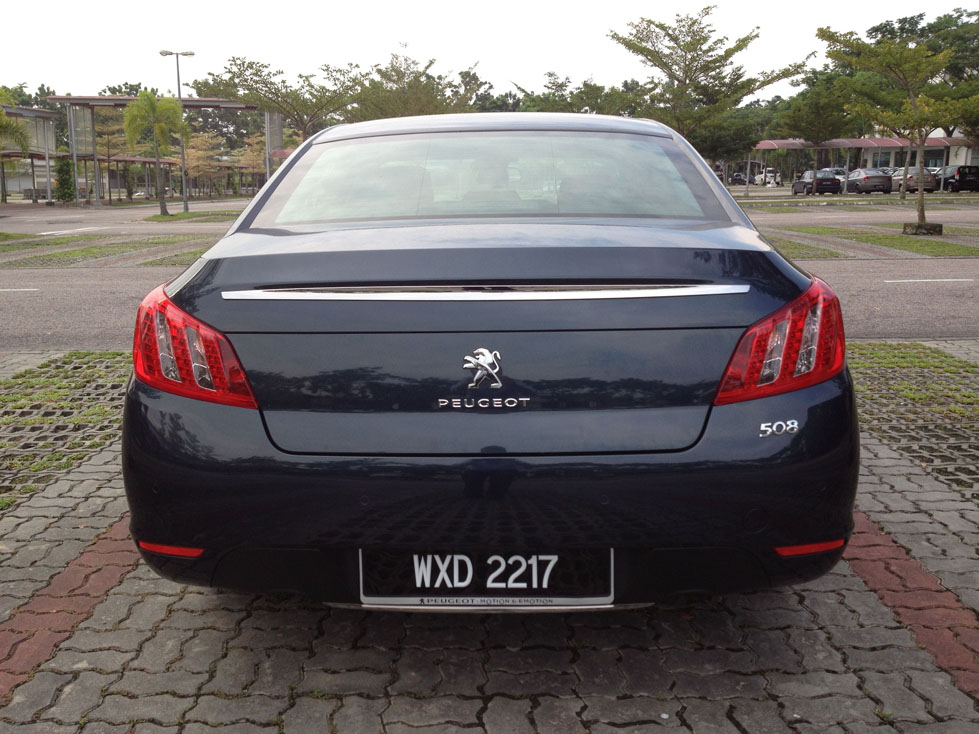

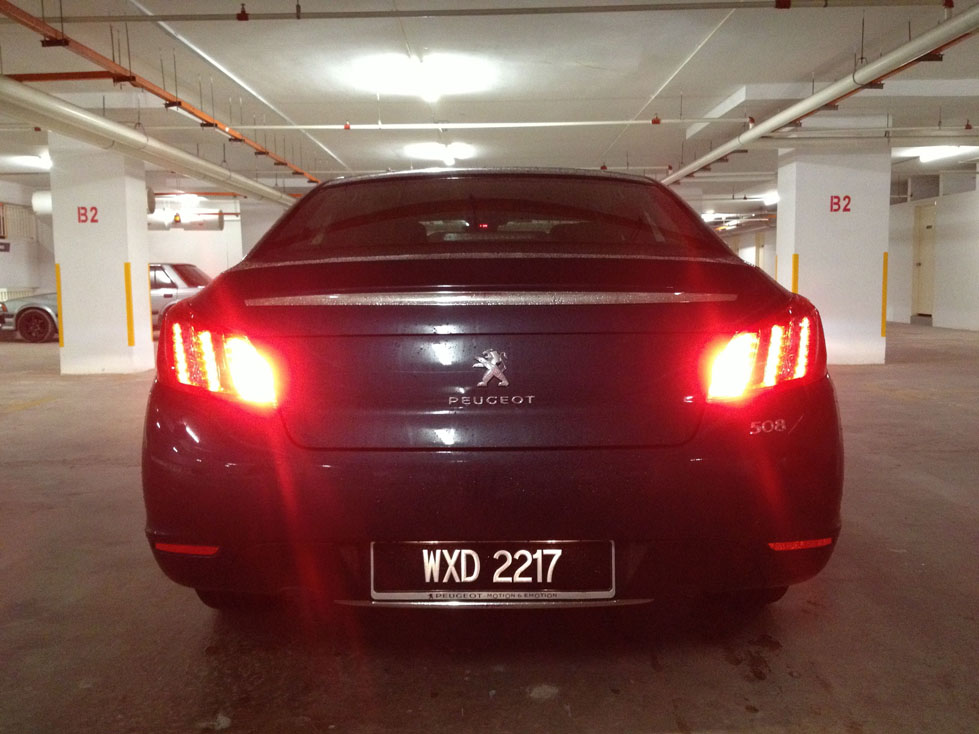
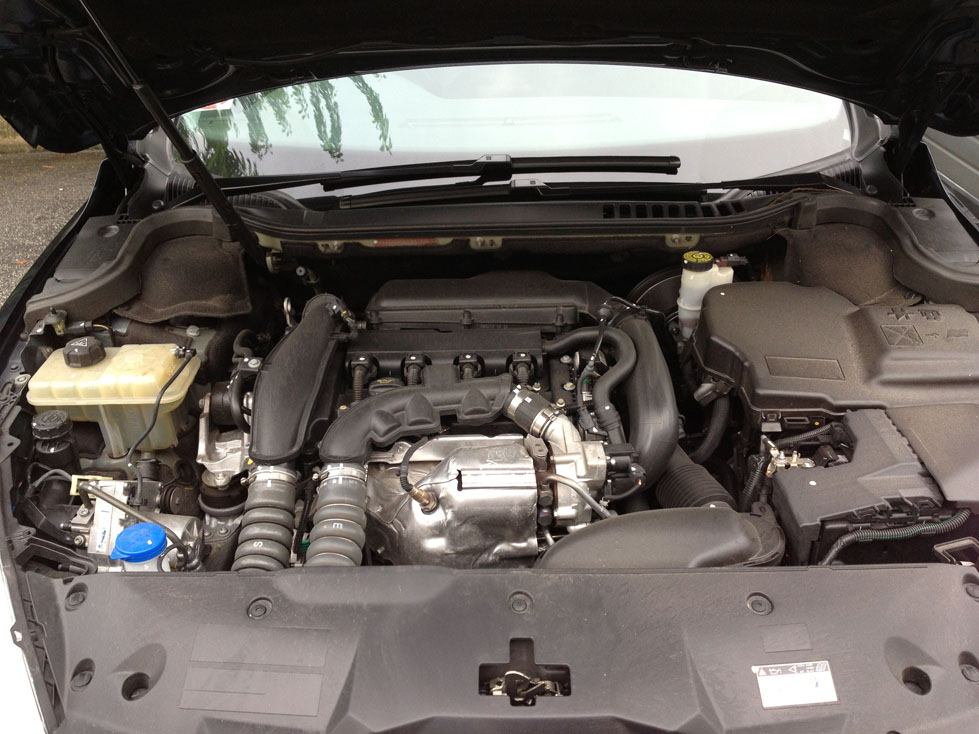



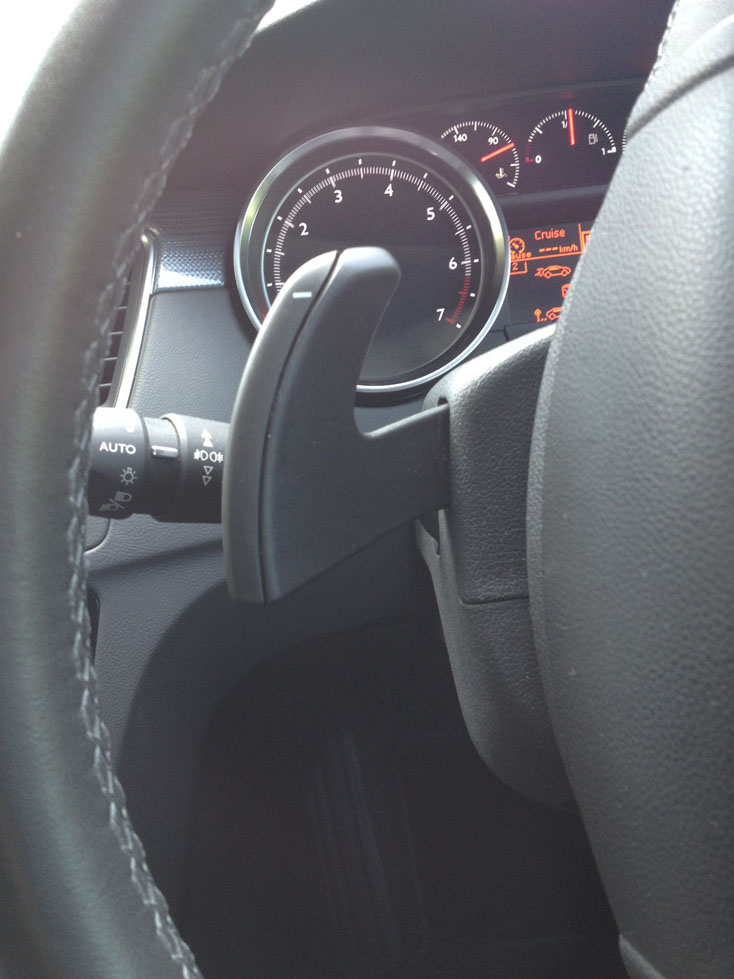
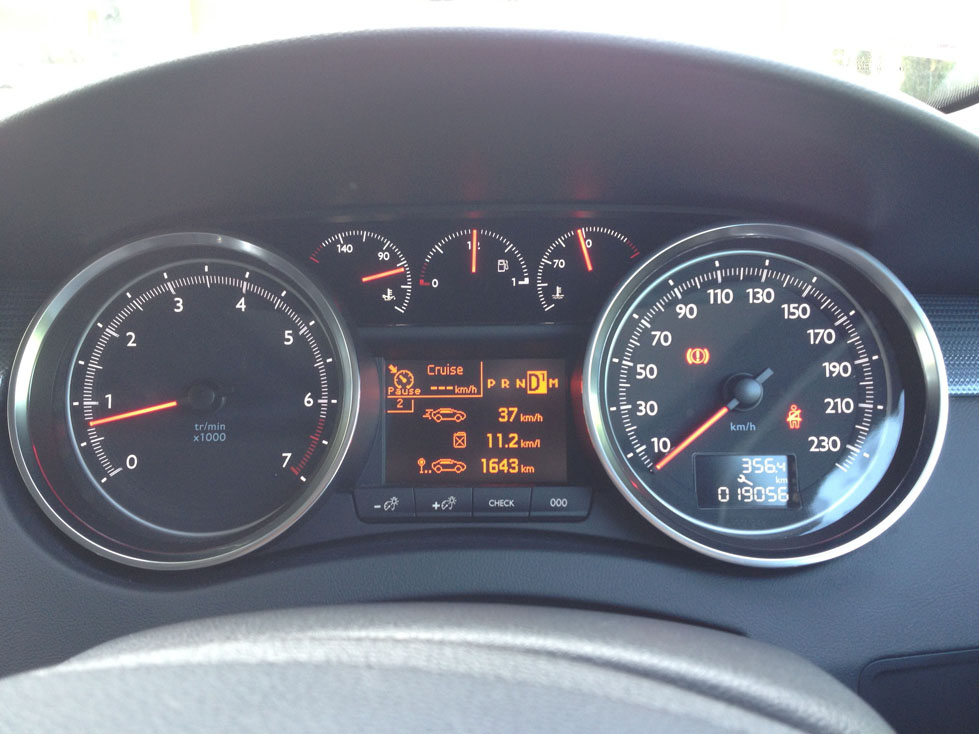
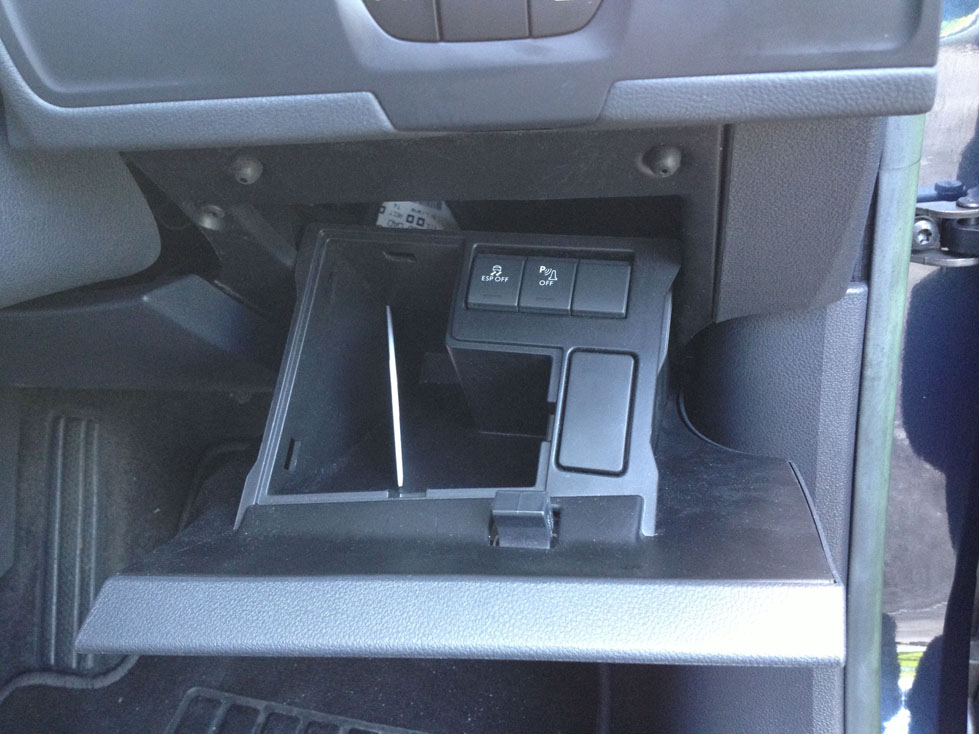

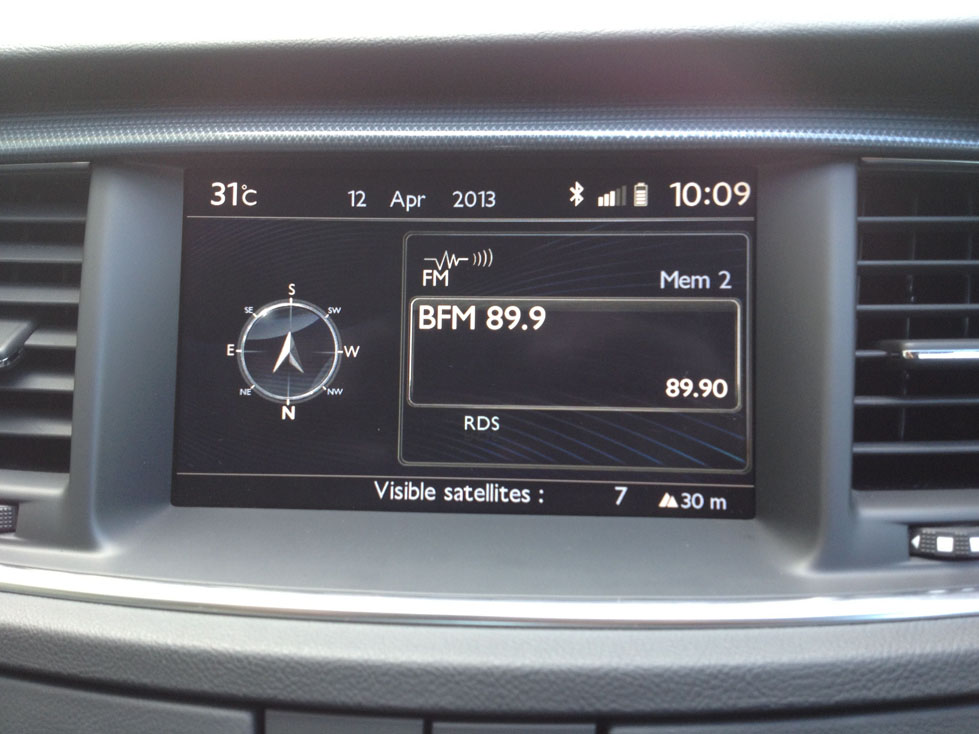
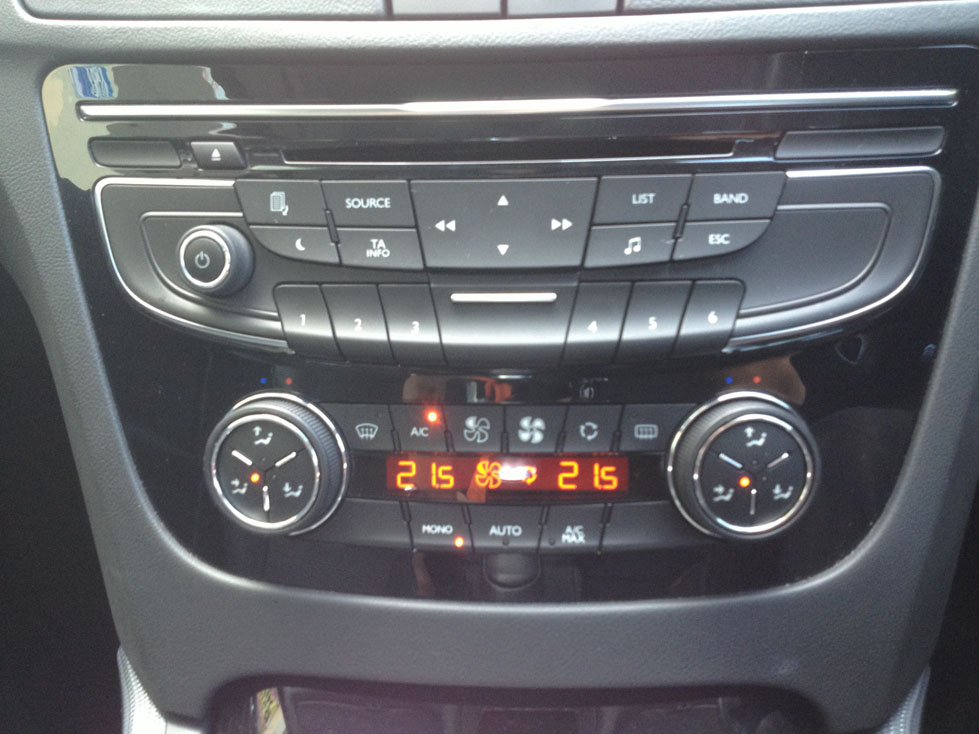
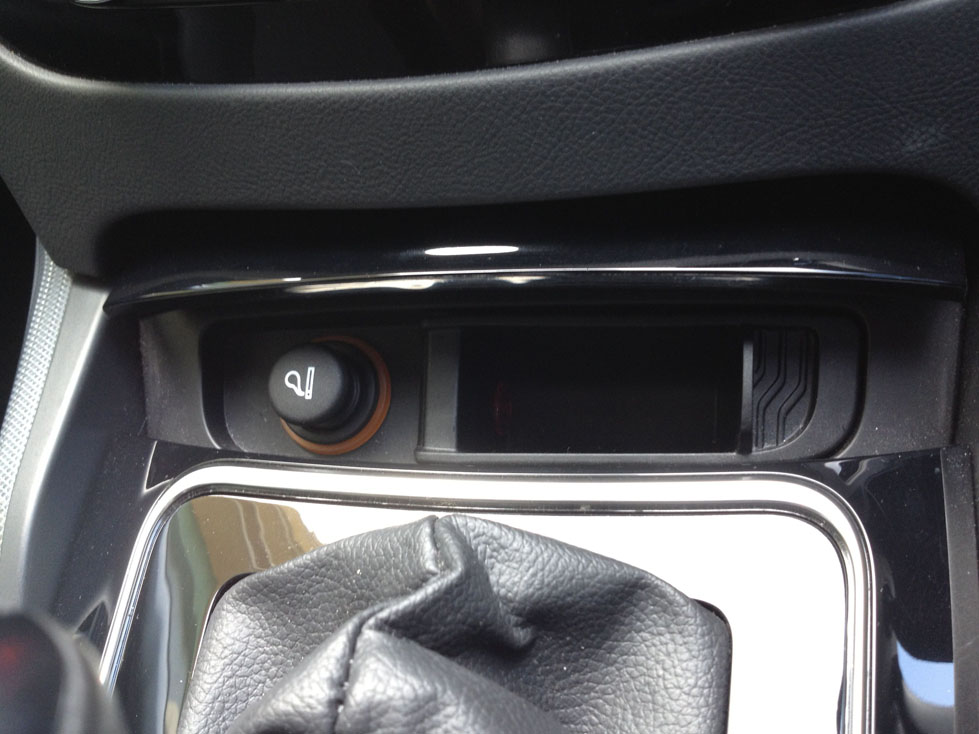
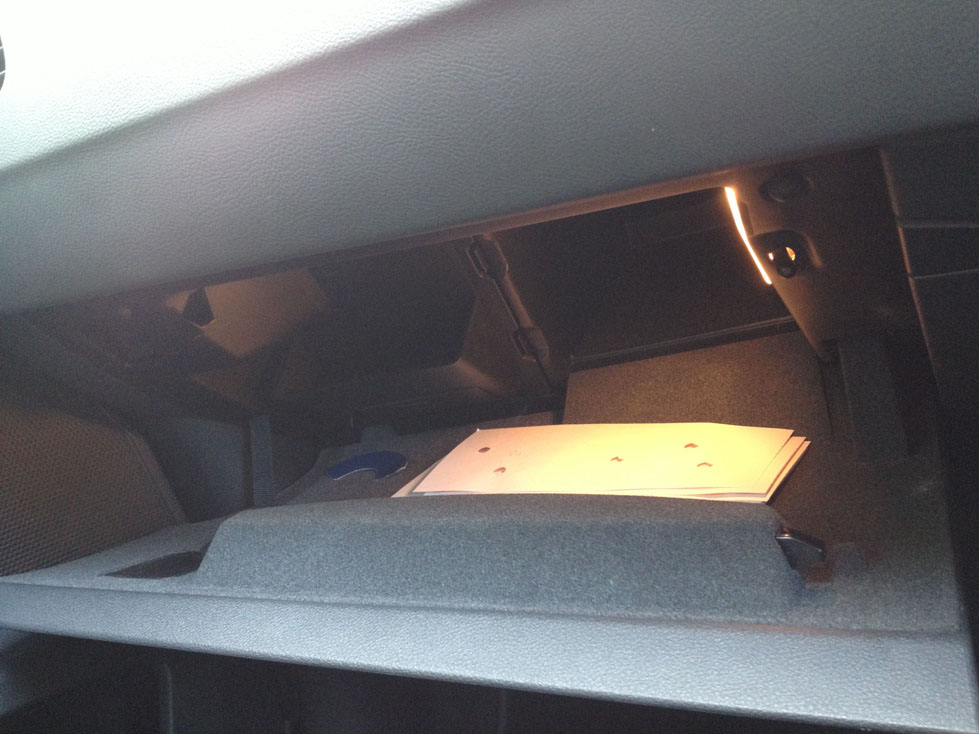
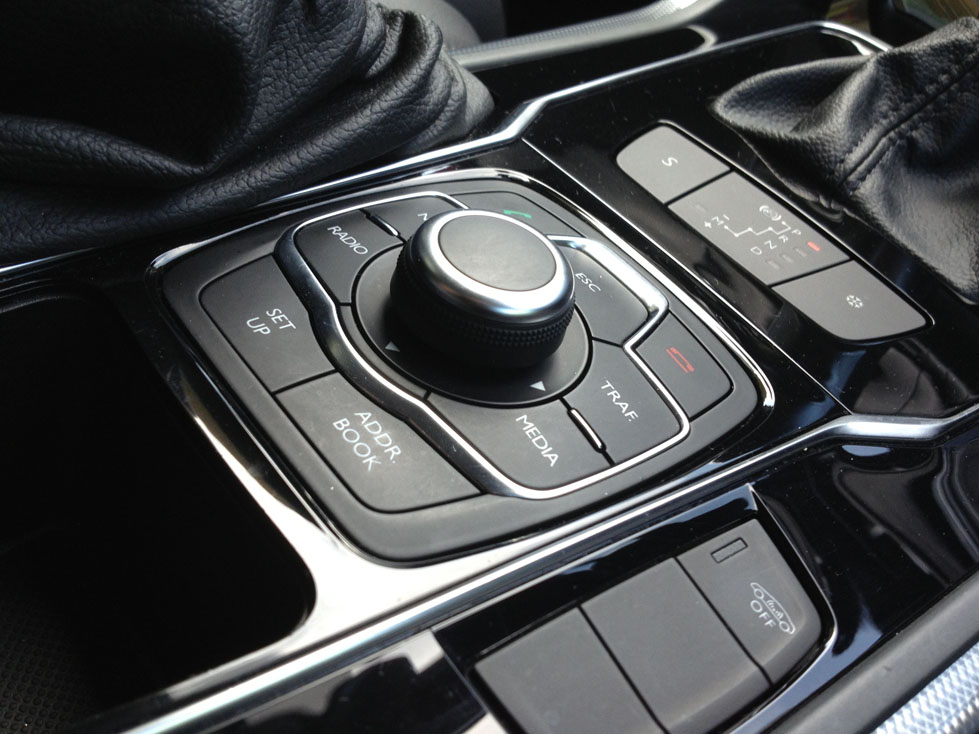
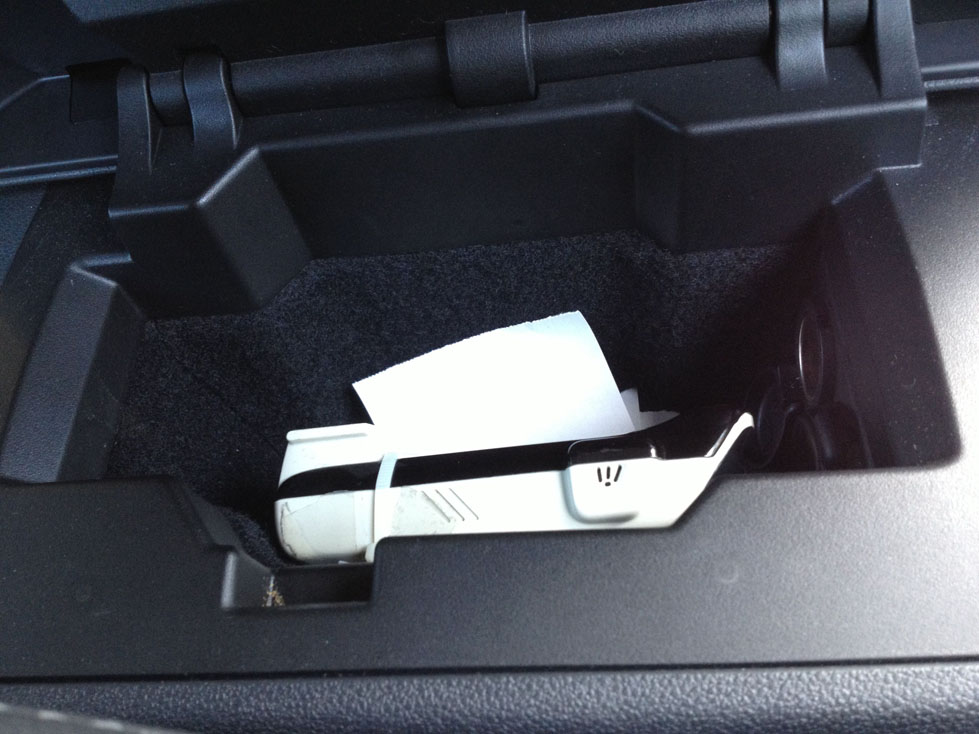


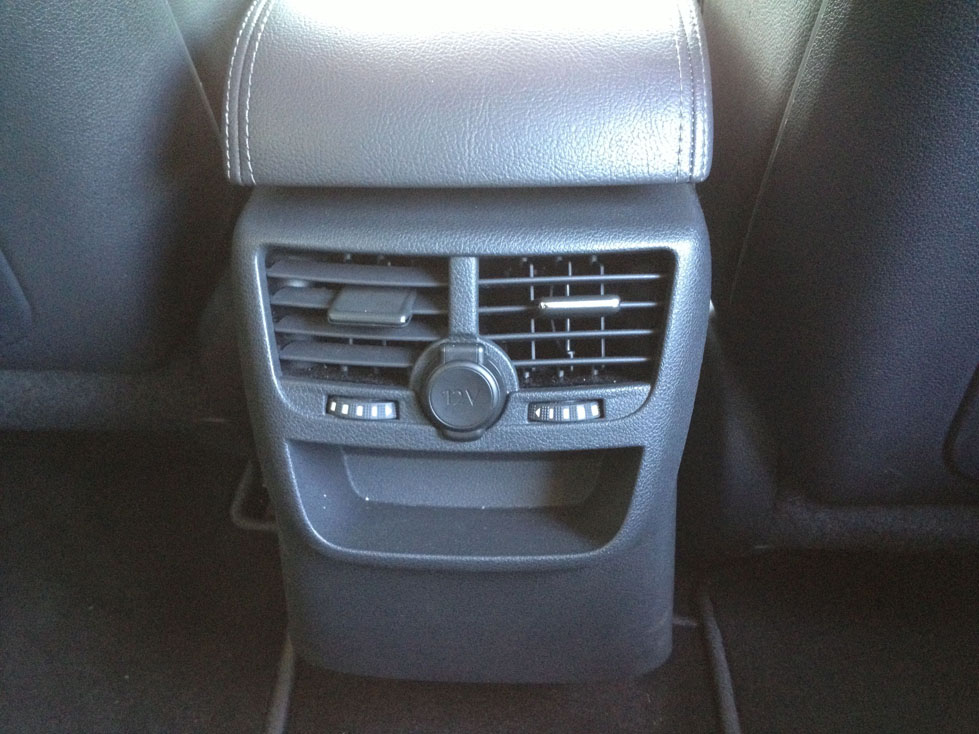
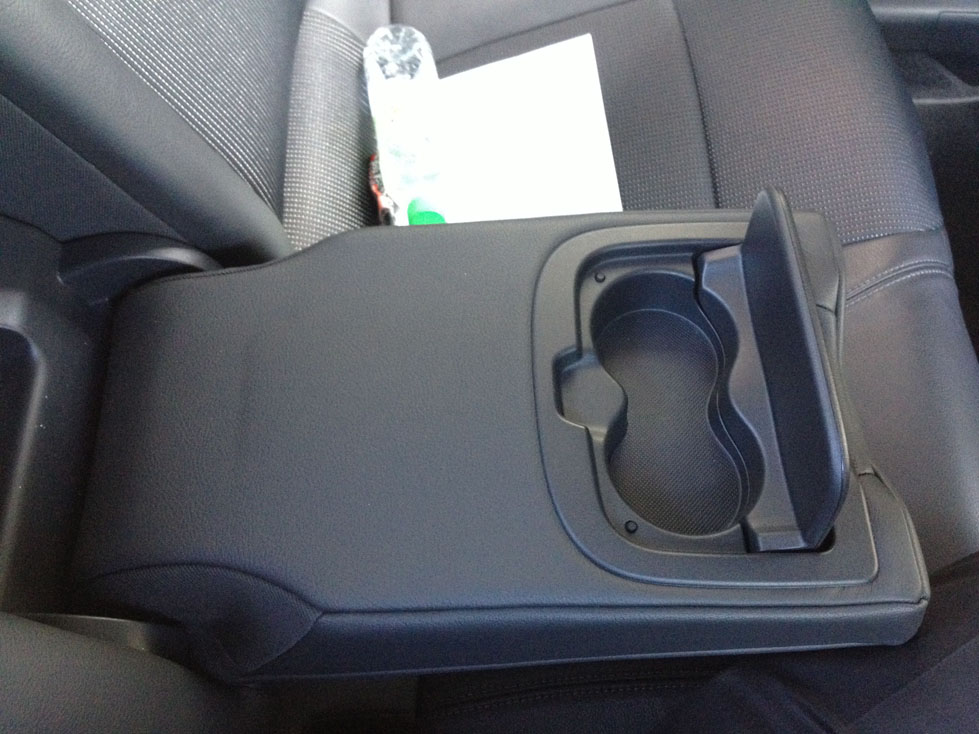
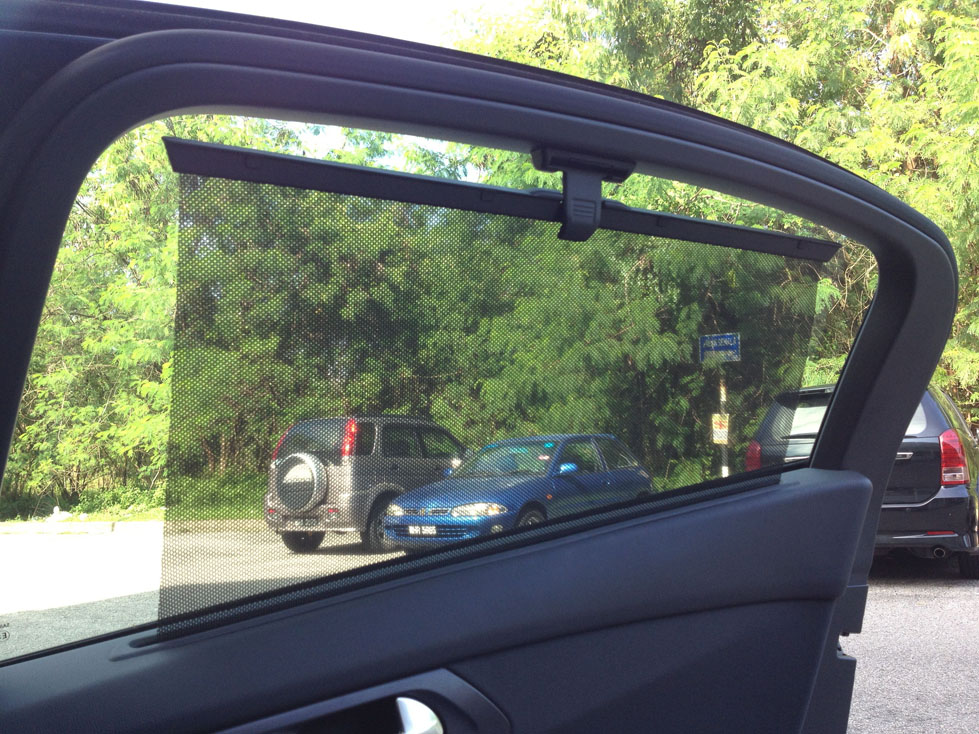
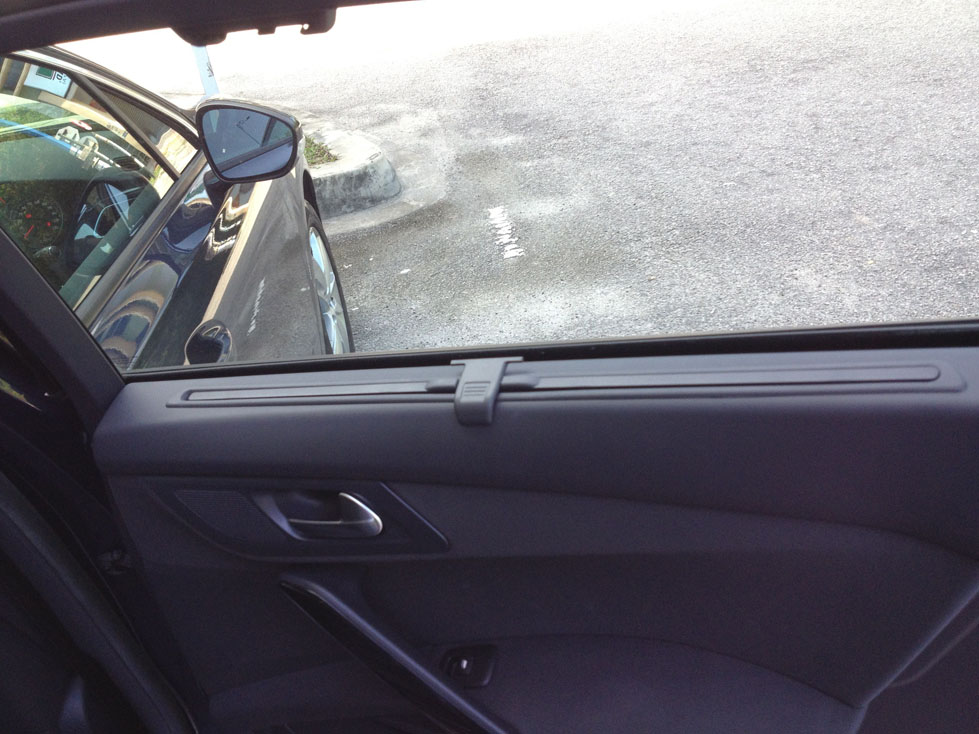
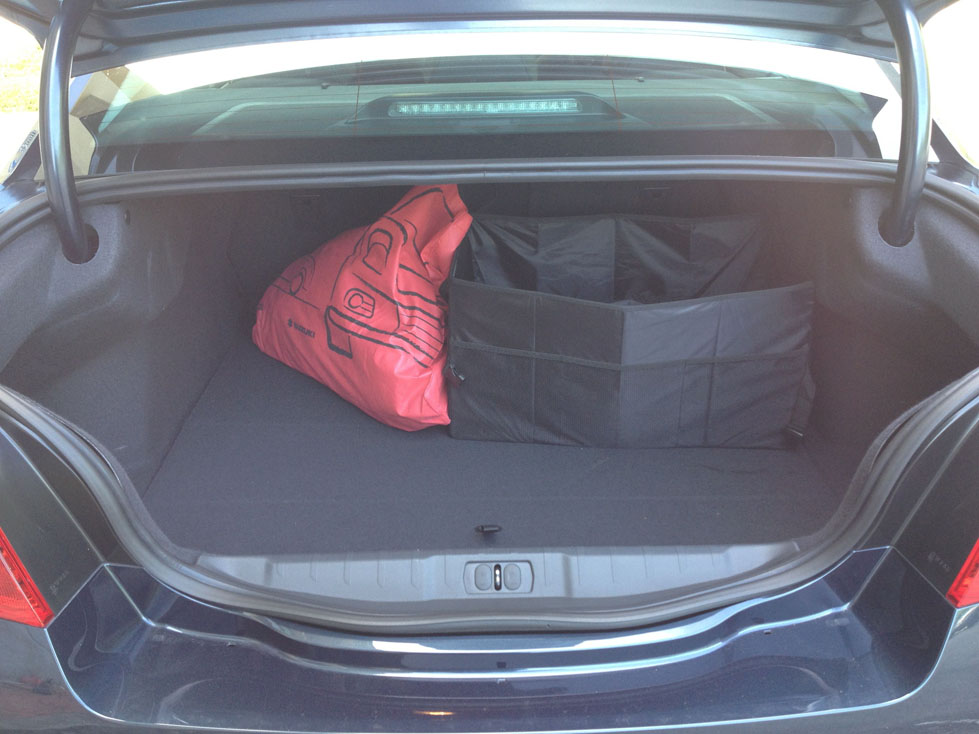
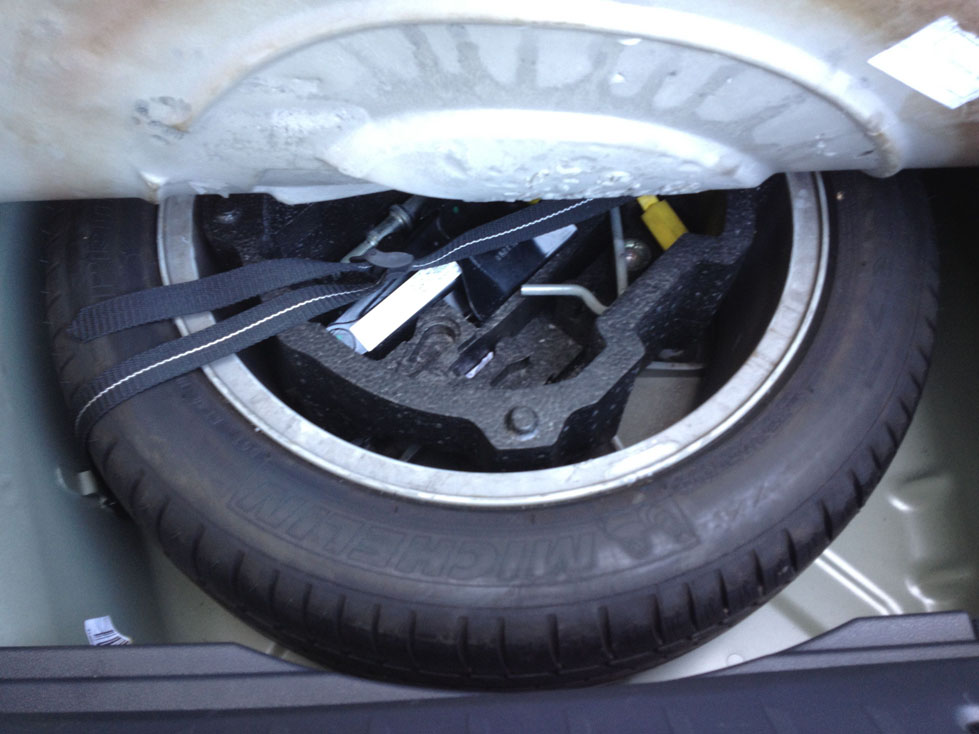
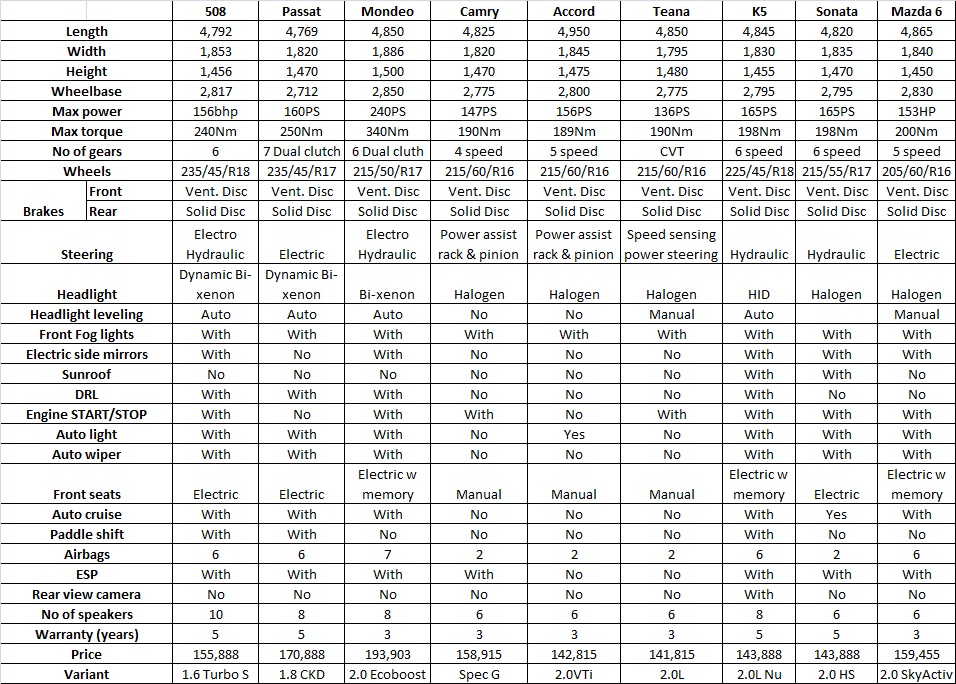
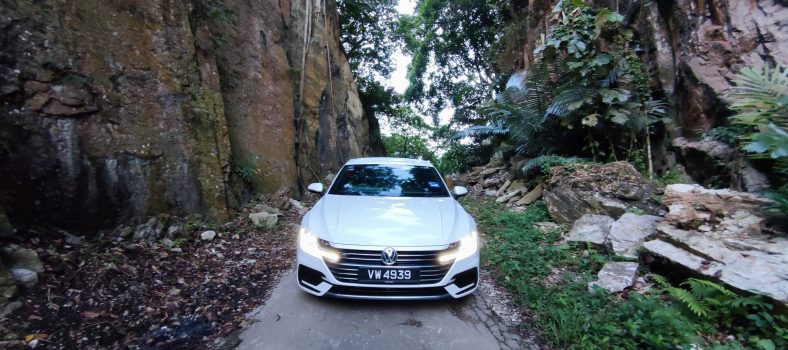

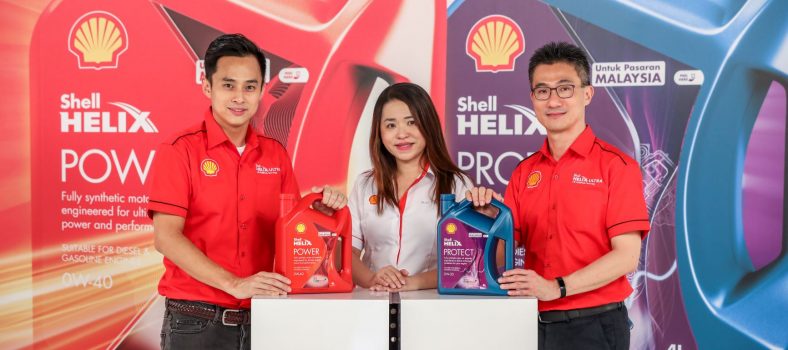
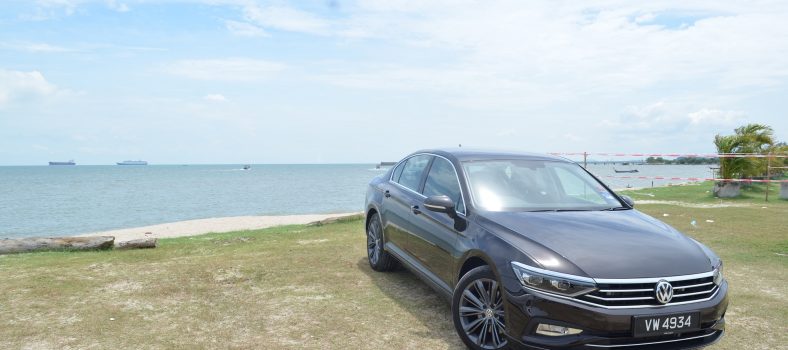
7 Comments
IMO, at time of writing, there are only 3 D segments, that make sense.
1. 508 Premium (especially the diesel)
2. Mazda6 2.5 sedan. (only one with the i-ACTIVESENSE)
3. Mondeo EcoBoost 2,0 240PS. The best handler.
Rest are all not really worth imo.
Hi Kenso. need some advice. my house do have one, the premium spec petrol 508, and I do agree with you when taking high speed corner and when driving speed above 170km/hr, the car starts to feel wobble. you did say above this is due to the use of 18 inch rim. so my question is, say I change the rim to 17 inch, will it give better response while taking corner at high speed? can you give best recommendation in terms of rims and tires to use to replace the old one?
hoping for ur response.
TQ.
Not so simple, bro. The 17″ tires do contribute towards making the ride less jittery but to satisfy your need, it would take more than that. Suspension tuning is an art by itself, something which the Peugeot nowadays seem to have forgotten compared to its heydays with the 305s and 405s. From adjusting the spring rate, bushings, link set-up, even the chassis flexibility, there’s a lot more to it than simply changing a set of tires, bro. Manufacturers like Ford has always kept this hallmark but sadly not Peugeot.
Anyways, coming back to your question, I’ve been told that adding a anti-roll bar helps a lot in cornering. Perhaps you can source for one? Also, if you’re considering to downsize the rims, you can also check out Peugeot’s official after market rims. Compared to Japs and replicas, official rims has been tested with the vehicle to ensure optimum performance. They costs more but they last longer (pretty much like most spare parts of conti vs asians). Sometimes they have discounts so if you’re around Glenmarie, you might want to drop by their boutique
oow. ok. I’ll try ask them later.
actually, before getting 508, my house have one 407. To me for solid driving experience,407 duly delivered that. not so with 508, tbh. thanks for the reply Mr. Kenso.
Is it the petrol version and diesel version have different suspension setup…?
Good question … I’ll be getting a 508 GT later today so will report about it soon
Hi, have you tried both the diesel and petrol version?
Is there really any significant difference?